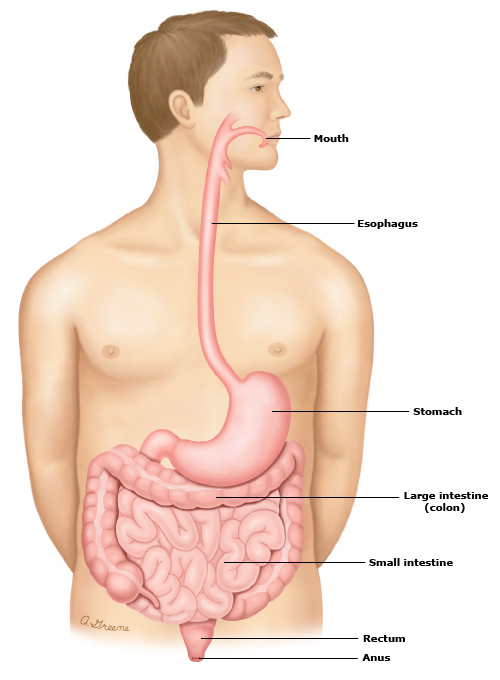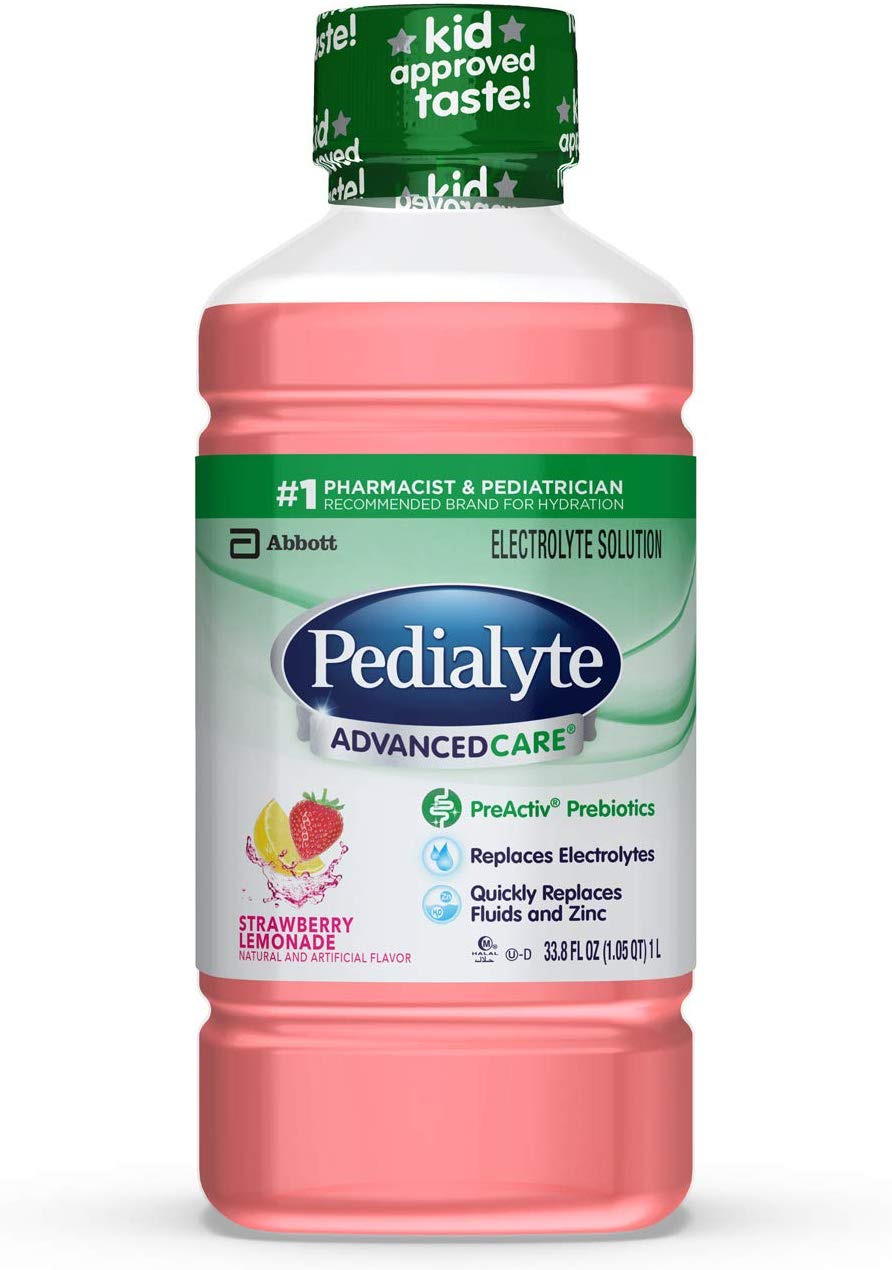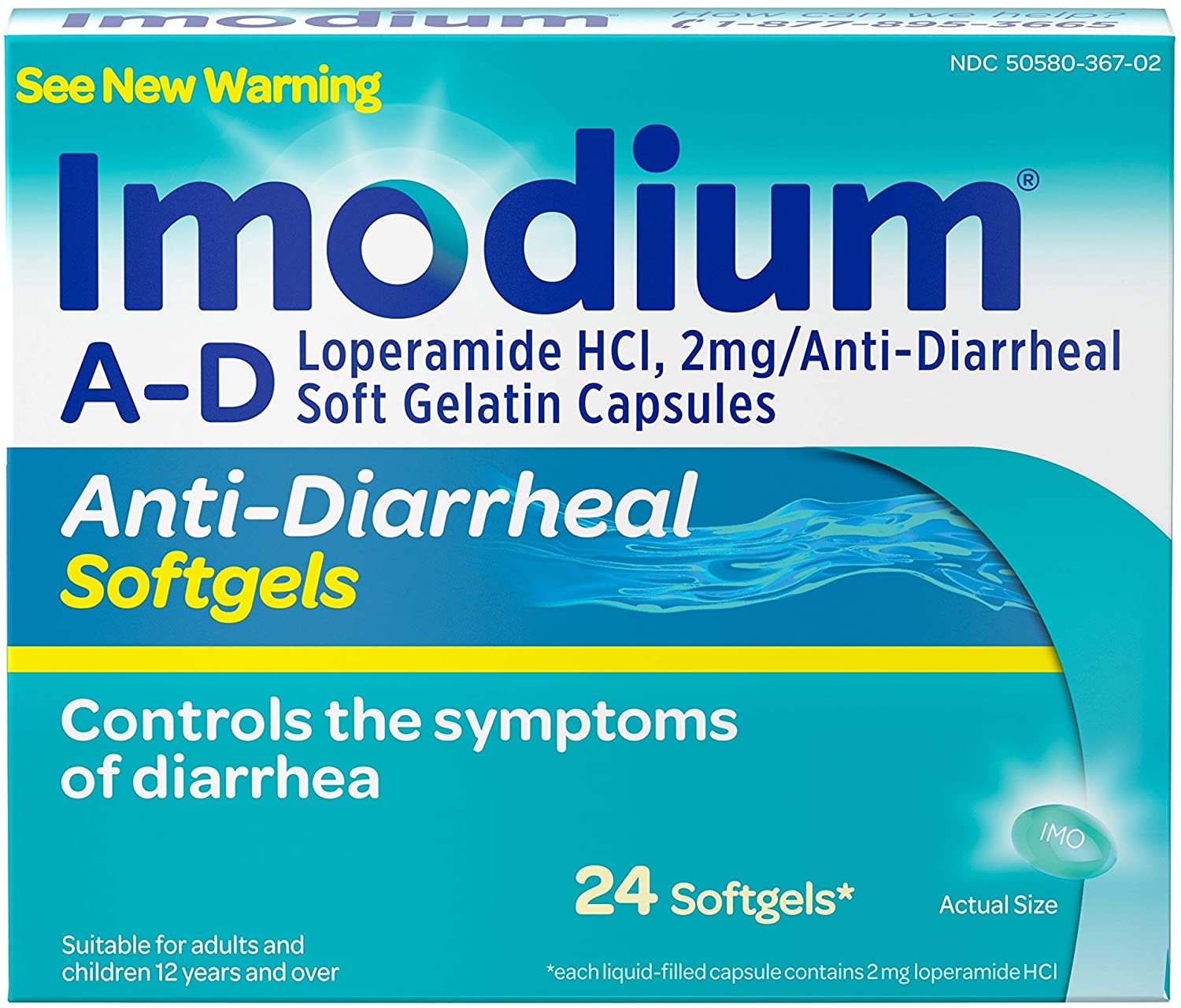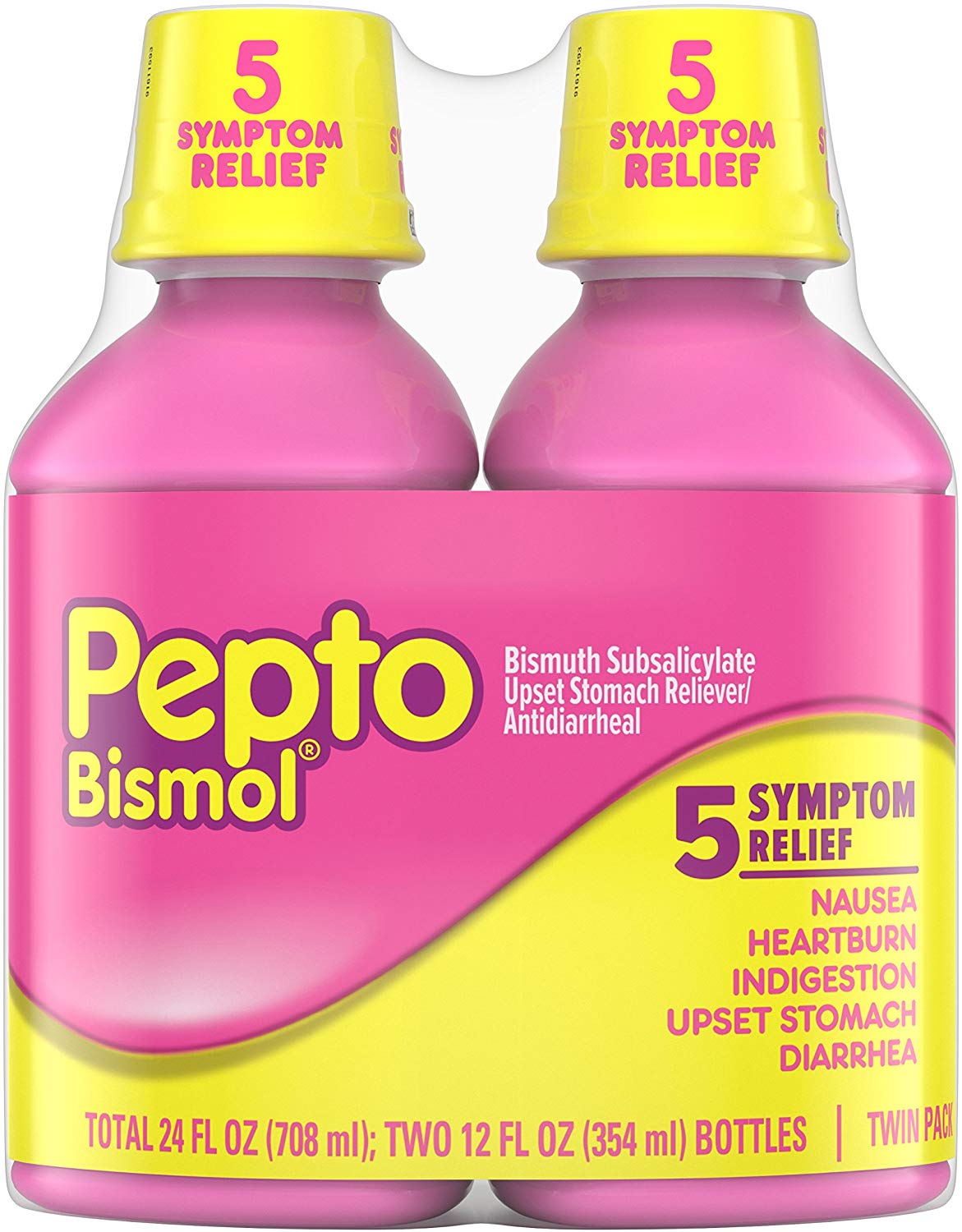Diarrhea
Overview
What is diarrhea? — Diarrhea describes bowel movements that are runny or watery, and happen 3 or more times in a day. Diarrhea is very common. Most adolescents and adults have diarrhea about 4 times a year. Just about everyone has it at some point.
What causes diarrhea? — Diarrhea can be caused by:
●Viruses
●Bacteria that live in food or water
●Parasites, such as tiny worms that you can catch in some countries
●Side effects from some medicines
●Problems digesting certain types of food
●Diseases that harm the digestive system (figure 1)
Is there anything I can do on my own to get better? — Yes. Here are some things you can try at home:
●Drink a lot of liquids that have water, salt, and sugar. Good choices are water mixed with juice, flavored soda, and soup broth. If you are drinking enough fluids, your urine will be light yellow or almost clear.
●Try to eat a little food. Good choices are potatoes, noodles, rice, oatmeal, crackers, bananas, soup, and boiled vegetables. Salty foods also help.
Should I see a doctor or nurse? — See your doctor or nurse if:
●You have more than 6 runny bowel movements in 24 hours
●You have blood in your bowel movements
●You have a fever higher than 101.3ºF (38.5ºC) that does not go away after a day
●You have severe belly pain
●You are 70 or older
●Your body has lost too much water. This is called “dehydration.” Signs include:
•Lots of diarrhea that is very watery
•Feeling very tired
•Thirst
•Dry mouth or tongue
•Muscle cramps
•Dizziness
•Confusion
•Urine that is very yellow, or not needing to urinate for more than 5 hours
Will I need tests? — Many people do not need to have tests. But it’s possible that your doctor will do tests to check if you are dehydrated or to figure out what is causing your diarrhea. Your doctor might do:
●Blood tests
●Tests on a sample of your bowel movements
How is diarrhea treated? — That depends on what is causing your diarrhea. You might not need any treatment. If you do, your doctor might recommend:
●Fluids through an “IV” – An IV is a thin tube that goes into your vein. People with a lot of diarrhea might need IV fluids to treat or prevent dehydration.
●Stopping some of your medicines
●Changing the foods you eat
●Antibiotics – These medicines treat bacterial infections. Most people do not need antibiotics, even if they have a bacterial infection. If you are very sick with fever and blood in your bowel movements, your doctor might prescribe antibiotics to help you get better faster.
●Medicines that ease diarrhea – These medicines include loperamide (brand name: Imodium), diphenoxylate-atropine (brand name: Lomotil), and bismuth subsalicylate (brand names: Pepto-Bismol, Kaopectate). You should not take loperamide or diphenoxylate-atropine if you have a fever or blood in your bowel movements. Also, taking too much loperamide has led to serious heart problems in some people. If you have health problems or already take other medicines, talk to your doctor or nurse before trying loperamide. For all of these medicines, it’s important to not take more than the label tells you to.
Can diarrhea be prevented? — You can reduce your chances of getting and spreading diarrhea by:
●Washing your hands after changing diapers, cooking, eating, going to the bathroom, taking out the trash, touching animals, and blowing your nose.
●Staying home from work or school until you feel better.
●Paying attention to food safety. Tips include:
•Not drinking unpasteurized milk or foods made with it
•Washing fruits and vegetables well before eating them
•Keeping the refrigerator colder than 40ºF and the freezer below 0ºF
•Cooking meat and seafood until well done
•Cooking eggs until the yolk is firm
•Washing hands, knives, and cutting boards after they touch raw food
For more tips on food safety, see the table (table 1).
figure 1: Digestive system

This drawing shows the organs in the body that process food. Together these organs are called “the digestive system,” or “digestive tract.” As food travels through this system, the body absorbs nutrients and water.
Purchase |
Do not buy already-cooked food that is stored next to raw food, even if it is stored on ice. |
Do not buy food in cans that are dented, cracked, or have a bulging lid. |
Storage |
Make sure meat and poultry products are refrigerated when bought. |
Use plastic bags to keep juices from meat and fish from touching other foods. |
Store perishable items (that can go bad quickly) in the refrigerator within an hour of buying. |
Keep refrigerator temperature between 32 and 40°F (0 and 4°C) and freezer temperature at or below 0°F (-18°C). |
Freeze meat and poultry that will not be cooked within 48 hours. |
Freeze tuna, bluefish, and mahi-mahi that will not be cooked within 24 hours. Other fish can be stored in the refrigerator for 48 hours. |
Do not store eggs on the refrigerator door (since that is the warmest part of the refrigerator). |
Put leftovers in the refrigerator within 2 hours of cooking them. |
Divide leftovers into parts and store in small containers. |
Reheat leftovers to 165°F (74°C) before eating. |
Preparation |
Wash hands with soap and water before cooking and after handling raw meat, poultry, fish, or raw eggs. |
Thaw frozen meats and fish in the refrigerator or microwave, not by leaving them out. |
Marinate foods in the refrigerator, not at room temperature. |
Avoid contact of cooked foods with forks, spoons, knives, plates, or areas that might not be clean. |
Wash forks, spoons, knives, plates, and cutting areas with soap and water after they have touched raw meat, poultry, fish, or eggs. |
Avoid letting the juices from uncooked meat, poultry, or fish touch cooked foods or foods that will be eaten raw. |
Carefully wash all fresh fruits and vegetables. |
Avoid recipes that include raw eggs. |
Cooking |
Use a meat thermometer.
|
Cook eggs until the yolk and white are firm. |
Boil juices from raw meat or fish before using on cooked food. |
Serving |
Serve cooked foods on clean plates with clean forks, spoons, and knives. |
Keep hot foods at 140°F (60°C) and cold foods below 40°F (4°C). |
Never leave foods at room temperature longer than 2 hours, or 1 hour if the room is hotter than 90°F (32°C). |
Use coolers and ice packs to take perishable foods (that might go bad) away from home. |
Graphic 60529 Version 6.0
Usual Adult Dose for Diarrhea – Acute
4 mg orally after the first loose stool, then 2 mg orally after each unformed stool
Maximum dose: 16 mg per day
Comments:
-Clinical improvement is usually seen within 48 hours.
Use(s): Control and symptomatic relief of acute nonspecific diarrhea
Usual Adult Dose for Diarrhea – Chronic
4 mg orally after the first loose stool, then 2 mg orally after each unformed stool until diarrhea is controlled
Maximum dose: 16 mg per day
Comments:
-Clinical improvement is usually seen within 48 hours.
-After diarrhea is controlled, reduce dose to meet individual requirements
-When optimal daily dose has been established, this dose may be given as a single dose or in divided doses.
-The average maintenance dose in clinical trials was 4 to 8 mg daily.
-If no clinical improvement is seen with 16 mg per day after at least 10 days, symptoms are unlikely to be controlled by further administration.
-Administration may be continued if diarrhea cannot be adequately controlled with diet or specific treatment.
Usual Adult Dose for Diarrhea
524 mg orally every 30 to 60 minutes as needed not to exceed 8 doses in any 24 hour period.
Alternatively, 1048 mg to 1050 mg may be given orally every hour not to exceed 4 doses in any 24 hour period.
Comments:
-Use until diarrhea stops but not longer than 2 days.
-Bismuth subsalicylate may be useful in the prevention of traveler’s diarrhea during periods of risk. The duration of use for traveler’s diarrhea should not exceed approximately 3 weeks.
-Shake liquid formulations well before using.
Re-hydration
Pedialyte
Uses of Pedialyte:
- It is used to add back fluid after fluid loss.
- It is used to help prevent fluid and electrolyte problems.




